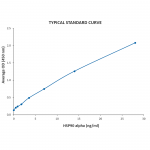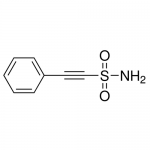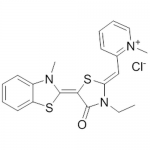Heat Shock
What are heat shock proteins?
Delineating how cells recognize and respond to normal and adverse changes in their local environment is essential for our understanding of cell signaling pathways. Heat Shock Proteins (HSPs) are highly conserved group of proteins that inhabit almost every subcellular compartment in all life forms.
They have a variety of functions and are crucially involved in maintaining protein homeostasis and cell viability, particularly when there are sudden changes in the cellular environment. In response to elevated temperatures for example, bacteria, yeast, and animal cells quickly increase their expression of HSPs.
Increases in the levels of the different heat shock proteins confers added protection to the cell by enhancing its ability to repair damaged proteins, as well as to help manufacture new proteins needed to replace those irreparably damaged.
Heat shock proteins are also expressed under non-stress conditions, essentially monitoring the cell’s proteins. They shuttle proteins from one compartment to another inside the cell (trafficking), and transport old proteins to removal areas inside the cell.
Heat shock proteins are also believed to play a role in the presentation of specific proteins sites or peptides to the cell surface to help the immune system recognize diseased cells. HSPs also act as chaperones, ensuring that the intracellular proteins are in the right conformations and in the right place at the right time.
Heat Shock research requires a great diversity of life science products. We are dedicated to developing cutting edge research products to aid in the study of heat shock, including antibodies, proteins, immunoassays, and small molecule inhibitors.
View all Heat Shock Products



